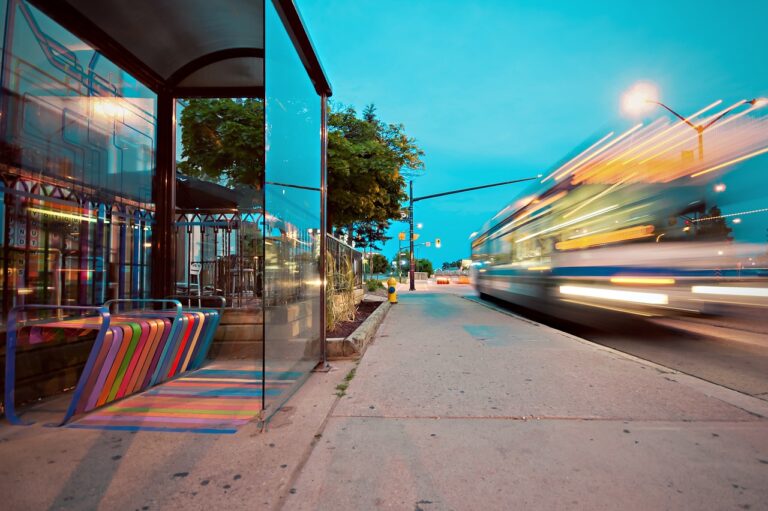The Future of Retail: Trends in E-commerce and Brick-and-Mortar Stores
Traditional retailers are grappling with intense competition from online stores, as more and more consumers migrate towards the convenience of shopping online. The rise of e-commerce giants like Amazon has put pressure on brick-and-mortar stores to adapt and find new ways to stay relevant in the market.
Another challenge facing traditional retailers is the changing consumer preferences and shopping habits. With the rise of technology, consumers now have access to a wide range of options and can easily compare prices and products online before making a purchase. This has led to a decrease in foot traffic in physical stores, making it harder for traditional retailers to attract and retain customers.
Impact of Technology on Consumer Behavior
In today’s digital age, technology plays a pivotal role in shaping consumer behavior. The rise of online shopping platforms and mobile apps has made it easier for customers to browse and purchase products at their convenience. With just a few clicks, consumers can compare prices, read reviews, and make informed decisions without leaving the comfort of their homes.
Moreover, the emergence of social media has revolutionized the way consumers interact with brands. Platforms like Instagram and Facebook allow companies to engage with their target audience on a more personal level, influencing purchasing decisions through targeted advertisements and influencer collaborations. As a result, consumer behavior is increasingly driven by the online experiences curated by brands through various digital channels.
• Consumers can now easily compare prices and read reviews before making a purchase decision
• Online shopping platforms offer convenience and accessibility for customers
• Social media allows brands to engage with consumers on a personal level
• Targeted advertisements and influencer collaborations influence consumer purchasing decisions
• Consumer behavior is shaped by the online experiences provided by brands through digital channels
Advantages of E-commerce over Brick-and-Mortar Stores
E-commerce has revolutionized the way consumers shop, offering unmatched convenience and accessibility. With just a few clicks, customers can browse a wide range of products, compare prices, and make purchases from the comfort of their own homes. This ease of shopping has attracted a growing number of buyers to opt for online retailing over traditional brick-and-mortar stores.
Furthermore, e-commerce provides retailers with the opportunity to reach a global audience without the need for physical storefronts in every location. By operating online, businesses can significantly reduce overhead costs associated with maintaining a physical store, such as rent, utilities, and staffing. This cost-effective approach not only benefits retailers by increasing profit margins but also allows them to offer competitive pricing to consumers, making online shopping an appealing choice for budget-conscious shoppers.
What are some challenges facing traditional retailers in today’s market?
Some challenges facing traditional retailers include high overhead costs, limited reach to customers, and competition from e-commerce businesses.
How has technology impacted consumer behavior in recent years?
Technology has made it easier for consumers to shop online, compare prices, and access a wider range of products. This has led to a shift in consumer behavior towards online shopping.
What are the advantages of e-commerce over brick-and-mortar stores?
Some advantages of e-commerce over brick-and-mortar stores include lower operating costs, access to a global market, and the ability to provide a personalized shopping experience.
How can traditional retailers adapt to the changing market landscape?
Traditional retailers can adapt to the changing market landscape by investing in their online presence, offering omni-channel shopping experiences, and focusing on customer service and convenience.







